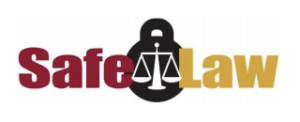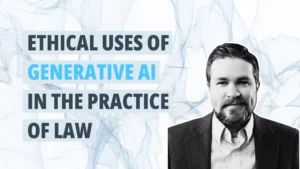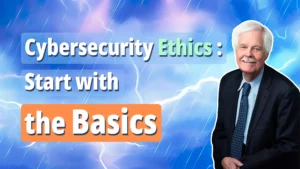Executive Summary
Engagement letters are the foundation of the attorney-client relationship. Good letters protect you by clarifying what you’ve agreed to do. They establish your fee and billing terms. They identify the client’s objectives. Develop a template for engagement letters so that you can create one in minutes, not hours.
Put it in Writing
No matter what kind of law you practice, each new representation should begin with a formal engagement letter. This is true if you have one client or hundreds. The letter signals that something important has been created – an attorney-client relationship – and that mutual obligations occur as a result.
Here are some things to consider including in your engagement letter:
![]()
Alta Pro Practice Pointers
- Summarize the case. Describe the facts as obtained from your client and your initial evaluation. Be specific without writing a brief. The purpose is to establish a basis to begin your work, and to make sure you and your client are on the same page.
- State the intended outcome. You’re being retained to resolve a legal issue or problem. The engagement letter reflects how your client expects you to do that. Describe your understanding of the client’s goals. Set out your suggested strategy and solutions.
- Explain your billing and fee arrangements. Don’t be shy about discussing money. Fee disputes lead to malpractice claims that could have been avoided with better communication. Describe the financial aspects of your representation: retainer fee, hourly rates, billing terms, contingency fee agreement, payment schedules, collection procedures, etc. Ask if the client understands your terms.
- Establish a plan of action. Use known deadlines to estimate a time frame and highlight strategic steps. Don’t be overly optimistic. This is not a marketing piece. Be realistic about how long the case will take. Help the client understand how the legal system works and how the process will impact their case.
- Confirm your communication guidelines. Emphasize the confidential nature of all communications. Come up with a schedule or criteria for reporting to the client. Point out when and why your client should contact you. Explain how client calls and meetings are billed. Suggest ways to save time and money like texting or email.
- Keep a signed copy of the engagement letter in your file. Documentation equals protection. If misunderstandings arise, refer to the letter.
The Bottom Line: Good client relations start with a good client engagement letter.
What’s Next?
Have a question about client engagement letters? Ask the Risk Pro!
Looking for pointers on client communication? Click here!
Heads up!
This information is intended for informative purposes for members of Alta Pro Risk Lawyers Purchasing Group. It is not intended as legal advice. Lawyers should always refer to local and state rules and statutes for applicable standards and rules. These guidelines are designed to help lawyers avoid professional liability claims and are not intended for any other purpose. No legal or fiduciary relationship is intended to be created by receipt of this material.

















